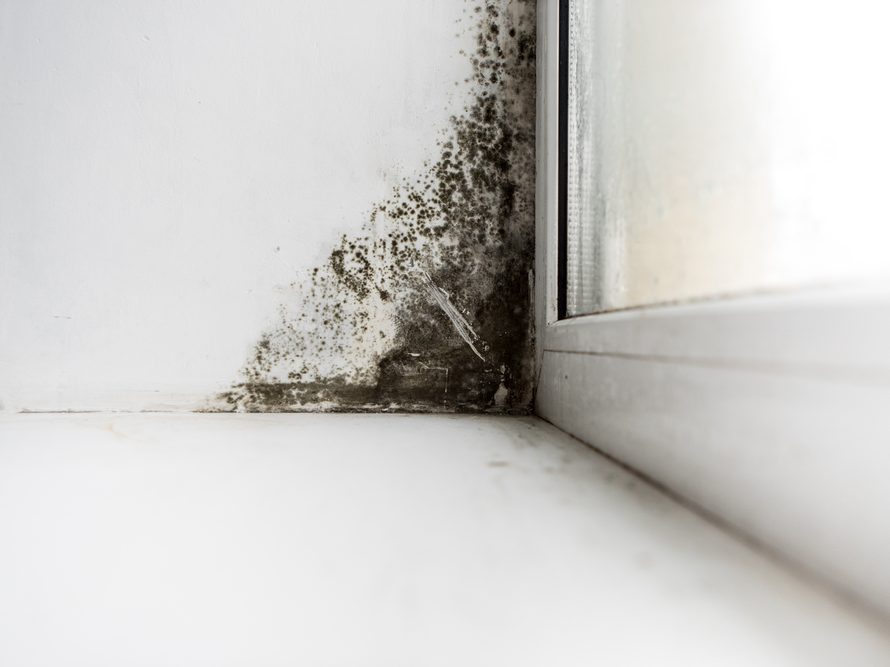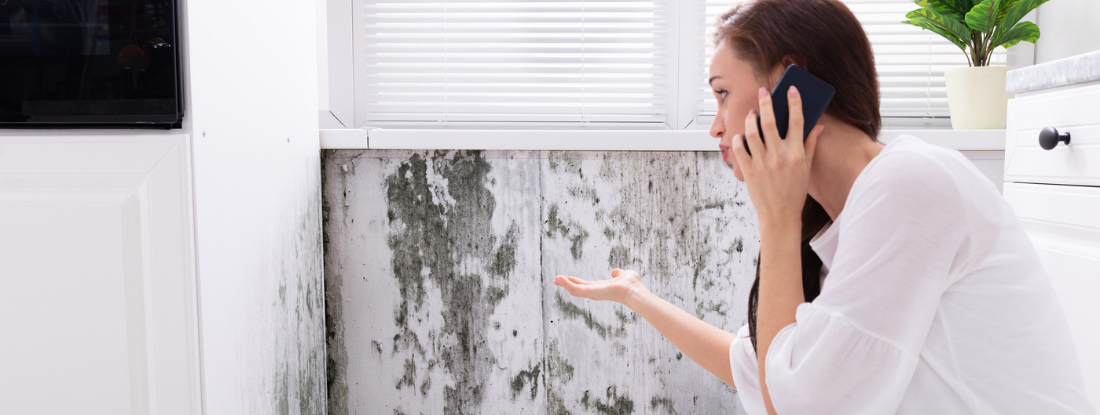Crafting a Comprehensive Post Mold Remediation Report
Crafting a Comprehensive Post Mold Remediation Report
Blog Article
Your Ultimate Guide to Blog Post Mold And Mildew Removal Strategies
Navigating the realm of post-mold remediation methods is a meticulous procedure that requires focus to information and a comprehensive understanding of the ins and outs entailed. In the results of mold and mildew invasion, knowing just how to properly remove the mold and prevent its reoccurrence is extremely important for keeping a healthy interior atmosphere. From selecting the right cleaning and decontaminating approaches to executing strategies for lasting mold prevention, each action in the remediation trip plays a vital role in ensuring an effective outcome. As we get started on this exploration of post-mold removal techniques, we will certainly reveal the crucial strategies and ideal practices that can assist you recover your area to its pre-mold condition and secure it against future mold and mildew risks.
Recognizing Post-Mold Removal Process
After finishing the mold remediation process, it is important to comprehend the post-mold remediation techniques that are required to guarantee a detailed and reliable clean-up. Once the mold has been removed, the following action includes cleaning and decontaminating the influenced areas to avoid any regrowth of mold and mildew. This consists of utilizing specialized cleaning representatives to wipe down surfaces and eliminate any type of remaining mold spores. It is necessary to dry out the location totally to dissuade the development of mold in the future (Post Mold Remediation Report). Appropriate ventilation and dehumidification can assist in this process.
Additionally, conducting a final inspection post-remediation is crucial to make sure that all mold and mildew has been effectively gotten rid of. If the inspection reveals any kind of sticking around mold and mildew, added removal might be required.
Efficient Cleaning and Decontaminating Techniques

Preventing Future Mold Development

Relevance of Appropriate Ventilation
Proper air flow plays a vital role in avoiding wetness build-up, a crucial factor in mold development within interior settings. Reliable ventilation systems aid remove excess humidity from the air, lowering the chances of mold spores discovering the moisture they require to spread out and sprout. Without ample ventilation, indoor areas can become a breeding ground for mold and mildew, resulting in prospective health and wellness dangers and architectural damages.
By ensuring correct air circulation, ventilation systems can likewise help in drying out moist areas quicker after water damage or flooding occurrences, better deterring mold and mildew growth. what to do after mold remediation. In rooms like bathrooms, basements, kitchen areas, and attics where moisture look these up degrees have a tendency to be higher, installing and maintaining reliable ventilation systems is vital in protecting against mold invasions

Tracking and Maintenance Tips
Provided the important function that proper air flow plays in stopping mold growth, it is vital to establish reliable tracking and maintenance pointers to guarantee the ongoing performance of ventilation systems. Normal evaluations of air flow systems ought to be performed to look for any indicators of blockages, leakages, or malfunctions that might impede appropriate air movement. Tracking moisture levels within the property is likewise crucial, as high moisture can add to mold development. Setting up a hygrometer can help track moisture degrees and alert house owners to any spikes that may call for attention. Furthermore, making certain that air filters are frequently cleansed or changed is vital for preserving the efficiency of the ventilation system. Carrying out a schedule for regular upkeep jobs, such as duct cleaning and heating and cooling system inspections, can help avoid concerns prior to they rise. By staying proactive and conscientious to the condition of ventilation systems, homeowner can properly reduce the threat of mold regrowth and maintain a healthy interior setting.
Verdict
In final thought, post-mold remediation strategies are essential for making certain a clean and secure environment. Comprehending the process, carrying out efficient cleansing and disinfecting techniques, stopping future mold growth, preserving proper air flow, and routine monitoring are all crucial action in the remediation process. By complying with these standards, you can effectively get rid of mold and stop its return, functioning or advertising a mold removal fogger healthy living area for all occupants.
In the results of mold and mildew invasion, understanding exactly how to properly get rid of the mold and mildew and stop its reoccurrence is paramount for keeping a healthy interior environment. When the mold and mildew has been gotten rid of, the next step involves cleansing and disinfecting the affected locations to stop any regrowth of mold and mildew - what to do after mold remediation. After getting rid of noticeable mold and mildew growth, it is crucial to clean up all surface areas in the afflicted location to get rid of any kind of remaining mold and mildew spores. To even more boost mold avoidance actions, it is necessary to resolve underlying issues that at first led to mold development.Given the essential role that proper air flow plays in protecting against mold and mildew growth, it is crucial to develop effective tracking and maintenance ideas to ensure the ongoing performance of air flow systems
Report this page